Public transport is more than just a way to get around; it’s the heartbeat of a city. For travelers, hopping on a bus, metro, or tram offers an authentic glimpse into how locals live, commute, and connect. Unlike taxis or private cars, which often separate you from the flow of everyday life, public transport drops you right in the middle of it.
It’s where students rush to class, workers commute, and families run errands, giving you a front-row seat to local culture. But stepping into an unfamiliar transit system can also feel intimidating. Different rules, ticketing systems, and languages can turn what should be a smooth ride into a stressful ordeal. That’s where a little preparation and a few insider tips can make all the difference.
With the right mindset, public transport becomes not just practical but also rewarding. You’ll save money, travel more efficiently, and gain experiences that many tourists miss. Here are nine tips to help you navigate like a local, so you can feel confident and even enjoy the ride:
1. Do Your Homework Beforehand
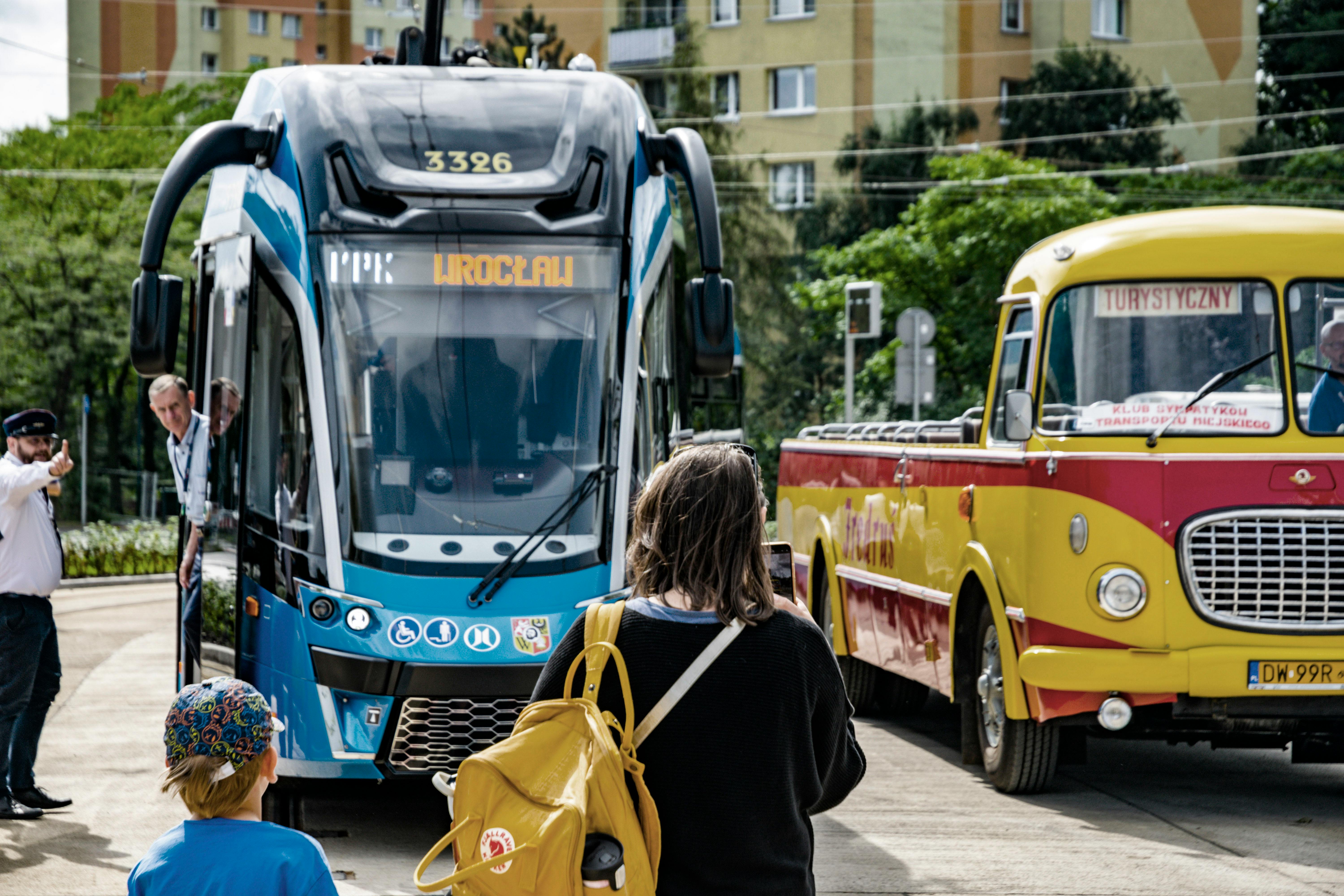
Every city has its quirks when it comes to public transport. Some metros stop running earlier than you might expect, while certain bus routes only operate during specific hours. Before setting foot on the system, spend a bit of time researching schedules, maps, and ticket options. Knowing whether you need to tap a card before boarding or if tickets must be validated can save you from confusion or fines.
Look for official websites or guides put out by the city’s transit authority. These usually provide reliable and up-to-date information. If you’re traveling somewhere new, try to learn at least the names of major stops or landmarks on the line you’ll use. This background knowledge will give you confidence and prevent last-minute scrambling.
2. Download a Transit App
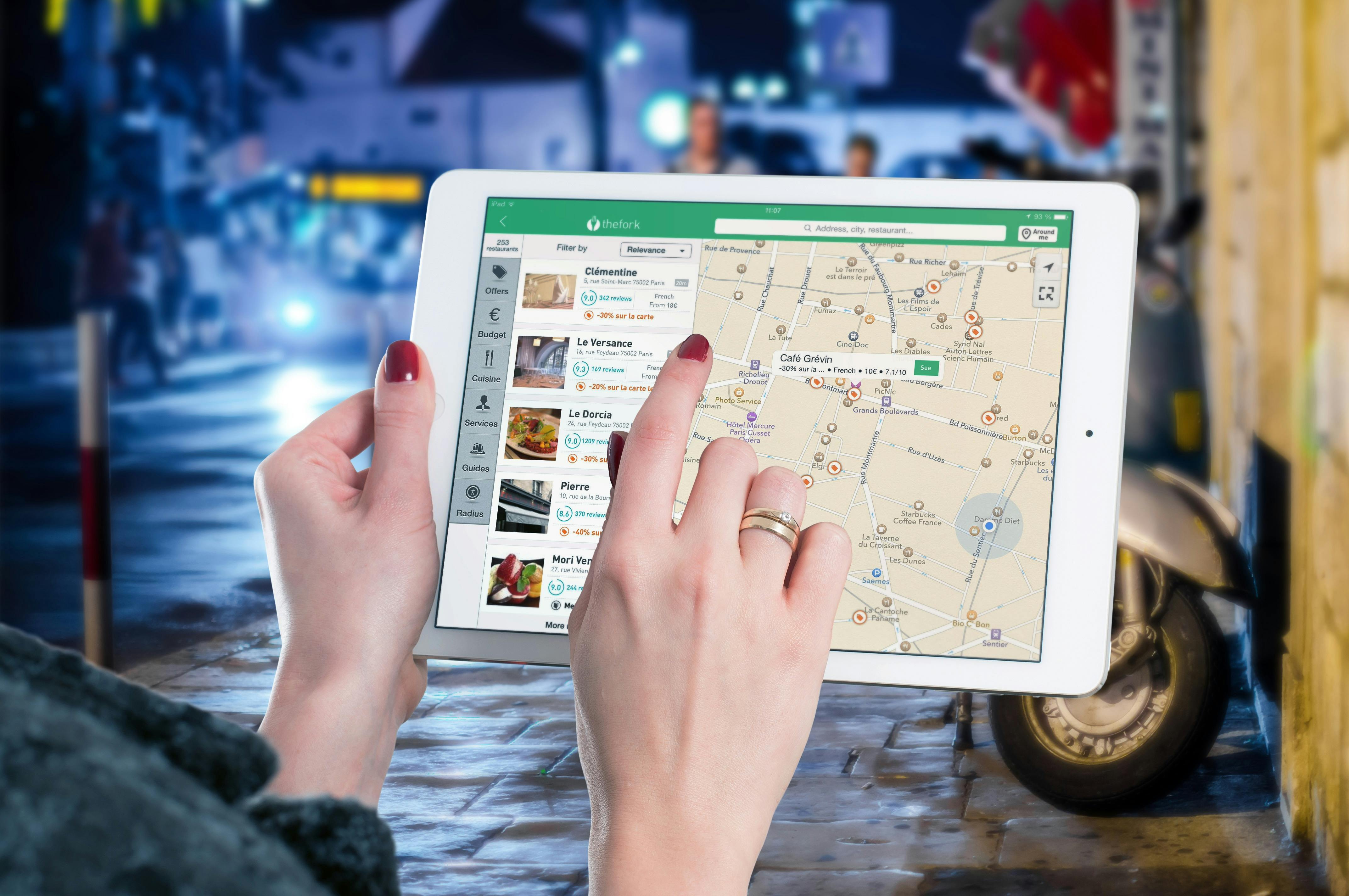
Gone are the days of unfolding a giant paper map in the middle of a crowded station. Transit apps like Google Maps, Citymapper, or Moovit have made navigating unfamiliar systems much easier. These apps offer turn-by-turn instructions, real-time updates, and sometimes even suggest which train car to board for the quickest exit.
Having an app on your phone gives you peace of mind because you don’t have to rely solely on station announcements or signs, which may be in another language. Many apps also work offline if you download maps in advance. This way, even if you lose signal underground, you’ll still have access to directions.
3. Get a Transit Pass
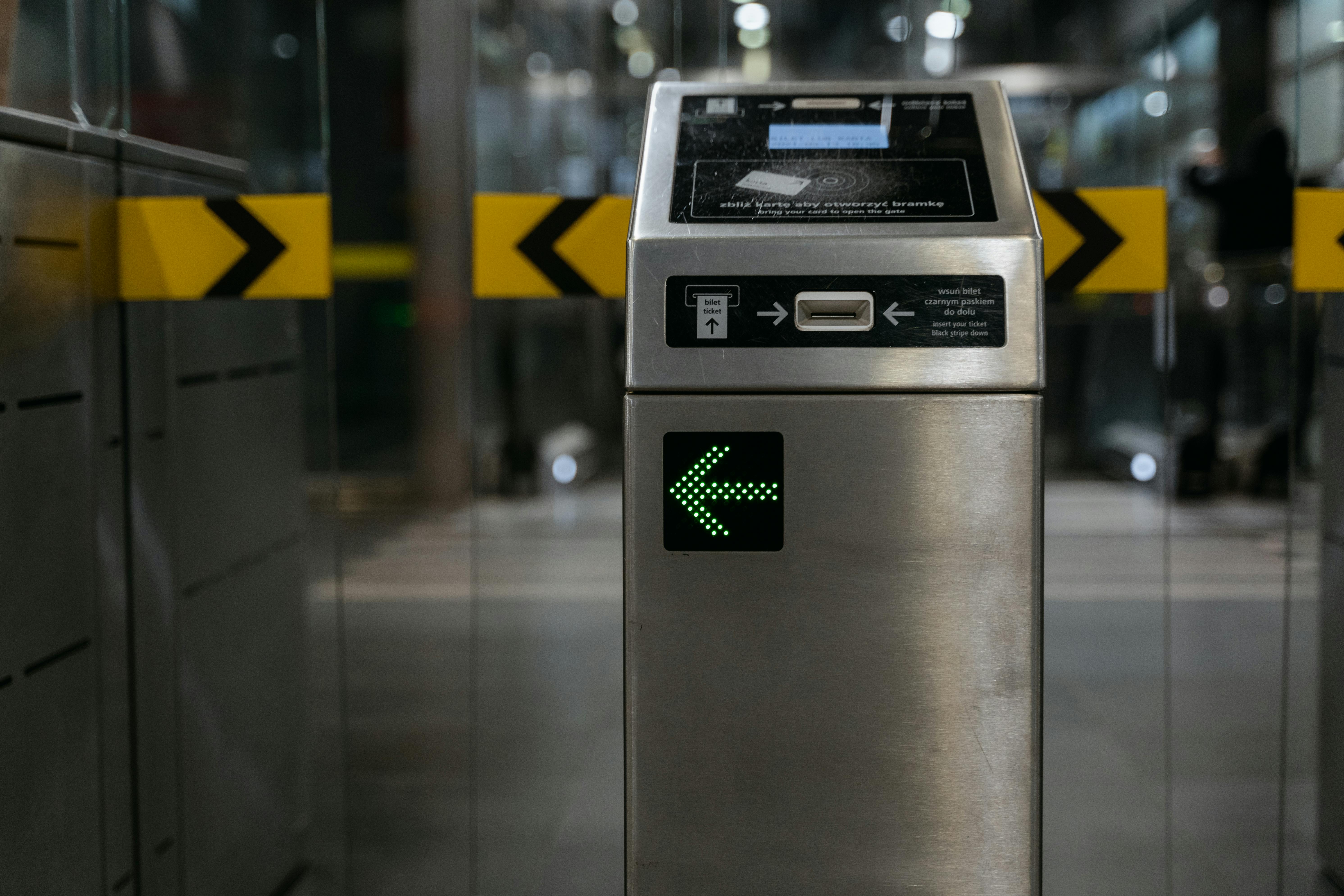
Buying tickets one ride at a time can quickly become both expensive and inconvenient. Transit passes, whether daily, weekly, or monthly, are often more affordable and save you from hunting for small change or ticket machines at each journey. These cards also make you blend in with locals, who usually carry them for daily use.
Passes often come with perks like unlimited rides or transfers within a time limit, which can make exploring a city much more flexible. Even if you’re only visiting for a few days, doing the math on how many rides you’ll take might show you that a pass is the best value. Plus, having one on hand means less stress about running late because you don’t have to stop and buy a ticket.
4. Know the Etiquette

Every transit system has its own set of unspoken rules, and locals notice when someone doesn’t follow them. For instance, in Tokyo, loud phone conversations are frowned upon, while in London, it’s second nature to stand on the right side of the escalator so others can pass on the left. Paying attention to these customs not only shows respect but also makes your journey smoother.
If you’re unsure of the etiquette, take a moment to observe what others are doing. Watch where they stand, how they queue, and how they behave inside the train or bus. Small adjustments like moving to the back of the bus or letting passengers exit before you board can make you feel less like an outsider and help you avoid frustrated looks.
5. Travel Off-Peak
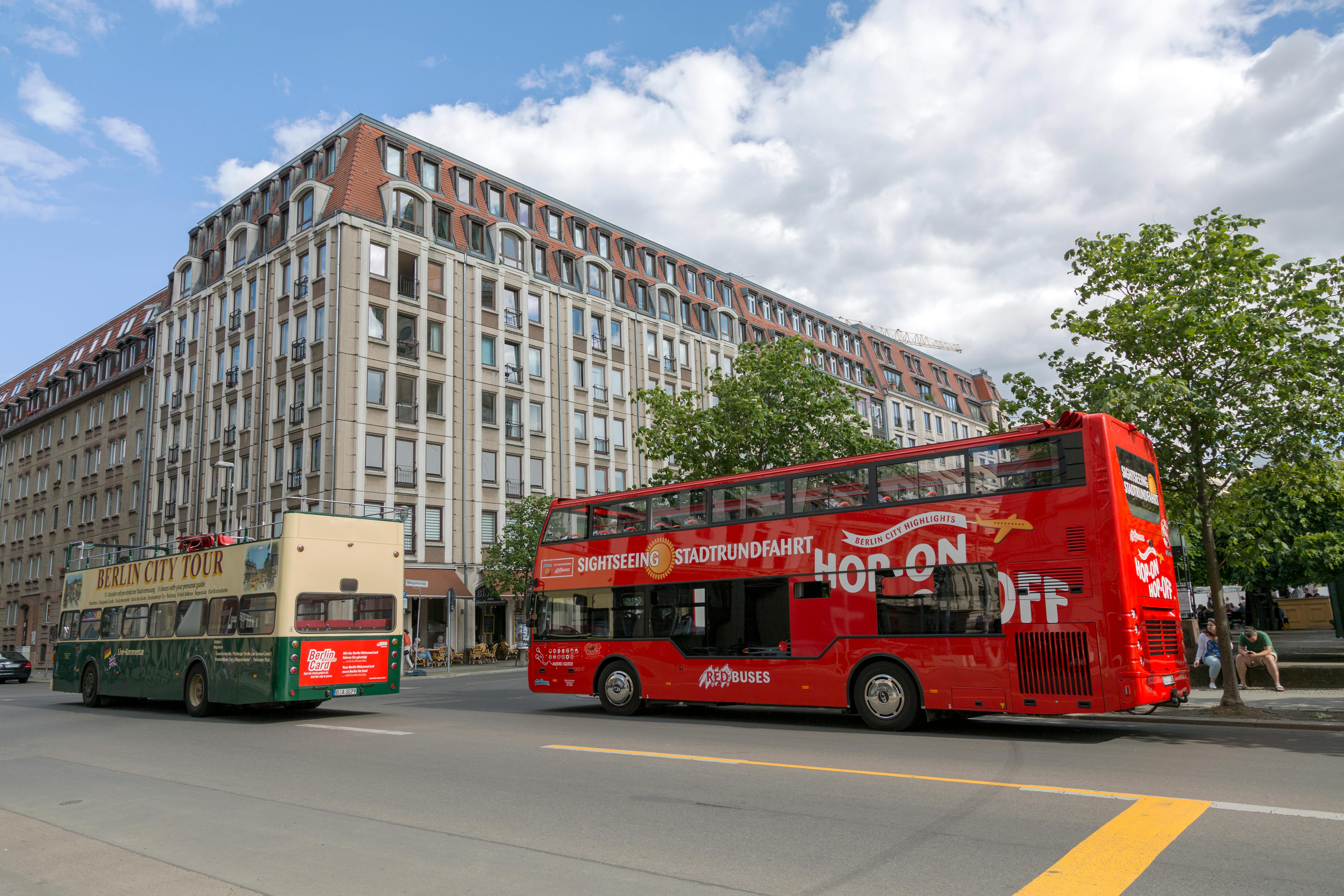
Rush hour is not the time for a relaxed sightseeing journey. Trains and buses fill up with locals trying to get to work or home, and squeezing in with luggage or a camera bag can be stressful. If you have flexibility in your schedule, aim to travel mid-morning or early afternoon when vehicles are less crowded and seats are easier to find.
Off-peak travel also gives you the chance to enjoy the ride. You’ll have more space to look out the window, take photos, or even chat with fellow passengers. Plus, in some cities, tickets are cheaper during off-peak hours, making it a smart option for both your comfort and your budget.
6. Carry Small Change

Even though many cities have adopted contactless cards and mobile payments, not every system has caught up. In smaller towns or on certain bus lines, exact change may still be the only option. Having coins and small bills on hand means you won’t be caught off guard.
It’s also practical for little add-ons, like topping up a transit card at a kiosk that doesn’t take cards. Carrying small change is a habit that helps you blend in with locals, who are often just as prepared for these situations.
7. Pay Attention to Stops

One of the most common mistakes travelers make is missing their stop, especially in cities where station names are in a foreign language. To avoid this, count the number of stops before yours or use a transit app’s live tracking feature. Some apps even buzz your phone when you’re nearing your destination.
If you don’t have an app, watch out for visual cues like landmarks outside or route maps displayed inside the train or bus. Many modern systems have digital boards showing the next stop, but it’s always best to stay alert rather than rely entirely on announcements.
8. Stay Aware of Your Belongings
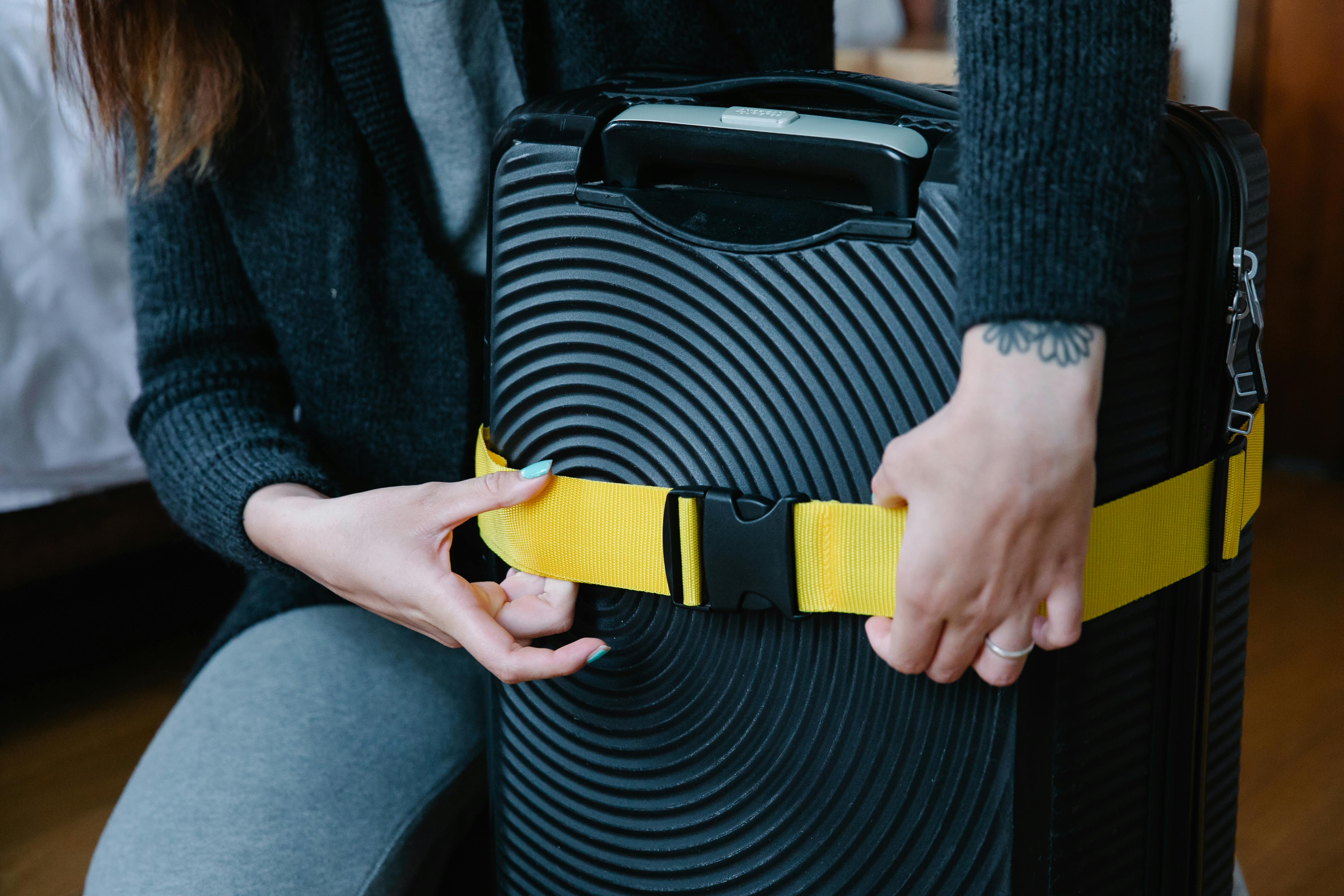
Public transport is one of the most common places for pickpockets to operate. Crowded trains and buses make it easy for someone to slip into an open bag or pocket. Always keep your belongings secure by zipping bags, keeping them in front of you, and avoiding back pockets for valuables.
Being cautious doesn’t mean being paranoid. Most rides will be uneventful, but it’s better to stay alert than to deal with a stolen phone or wallet. A simple habit of checking your bag when entering or exiting the vehicle goes a long way in preventing problems.
9. Embrace the Experience

At the end of the day, public transport isn’t just about getting from point A to point B. It’s about being part of the city’s rhythm. Watching how people interact, noticing the design of stations, or even just experiencing the energy of rush hour, gives you a richer perspective of local life.
Rather than viewing transit as a hassle, see it as an adventure. You might strike up a conversation, discover a hidden part of town, or simply enjoy people-watching. These small moments often become the memories that stick long after the trip is over.
Public transport can seem daunting at first, but with preparation and awareness, it becomes an essential part of experiencing a city. From planning ahead and carrying small change to observing local etiquette, each step helps you navigate confidently and respectfully. More than just a way to save time and money, it’s a chance to immerse yourself in daily life and connect with the place you’re visiting. By following these nine tips, you’ll find yourself moving through the city not as an outsider, but as someone who truly belongs.

